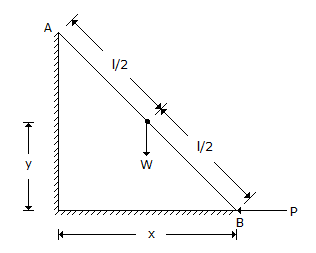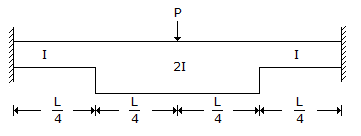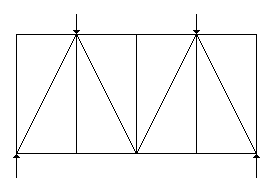Civil Engineering - UPSC Civil Service Exam Questions
Exercise : UPSC Civil Service Exam Questions - Section 17
- UPSC Civil Service Exam Questions - Section 14
- UPSC Civil Service Exam Questions - Section 27
- UPSC Civil Service Exam Questions - Section 26
- UPSC Civil Service Exam Questions - Section 25
- UPSC Civil Service Exam Questions - Section 24
- UPSC Civil Service Exam Questions - Section 23
- UPSC Civil Service Exam Questions - Section 22
- UPSC Civil Service Exam Questions - Section 21
- UPSC Civil Service Exam Questions - Section 20
- UPSC Civil Service Exam Questions - Section 19
- UPSC Civil Service Exam Questions - Section 18
- UPSC Civil Service Exam Questions - Section 17
- UPSC Civil Service Exam Questions - Section 16
- UPSC Civil Service Exam Questions - Section 15
- UPSC Civil Service Exam Questions - Section 1
- UPSC Civil Service Exam Questions - Section 13
- UPSC Civil Service Exam Questions - Section 12
- UPSC Civil Service Exam Questions - Section 11
- UPSC Civil Service Exam Questions - Section 10
- UPSC Civil Service Exam Questions - Section 9
- UPSC Civil Service Exam Questions - Section 8
- UPSC Civil Service Exam Questions - Section 7
- UPSC Civil Service Exam Questions - Section 6
- UPSC Civil Service Exam Questions - Section 5
- UPSC Civil Service Exam Questions - Section 4
- UPSC Civil Service Exam Questions - Section 3
- UPSC Civil Service Exam Questions - Section 2
41.
A ladder AB of weight W and length l is held in equilibrium by a horizontal force P as shown in the figure given above. Assuming the ladder to be idealized as a homogeneous rigid bar and the surfaces to be smooth, which one of the following is correct ?


42.
In the structure shown in the given figure, the fixed end moment at joint 'A' is


43.
Wearing locations of rails and their reasons are listed below :
1. Wear at end of rails : Loose fish bolts
2. Wear at sides of rail head : Constant lerake application
3. Wear on the top of rail head on tangent truck : Rigidity of wheel base
4. Wear on top of rail head on curves : Lesser area of contact between wheel and rail Which of the pairs given above are correctly matched ?
1. Wear at end of rails : Loose fish bolts
2. Wear at sides of rail head : Constant lerake application
3. Wear on the top of rail head on tangent truck : Rigidity of wheel base
4. Wear on top of rail head on curves : Lesser area of contact between wheel and rail Which of the pairs given above are correctly matched ?
44.
The cleaning of slow sand filter is done by
Answer: Option
Explanation:
A small biological sand filter (slow sand filter or Biosand filter) is maintained or cleaned by actively managing only the top 5 cm of sand. This top layer is either removed and replaced when the flow rate becomes unacceptable (typically 4 to 6 months) with clean sand or "wet harrowed" meaning the sand is gently agitated causing partial break up of the biological surface. This may be slightly different for a very large slow sand filter; more sand and more work.
A rapid sand filter is maintained and cleaned by forcefully injecting water backwards through the entire sand bed every 2 or 3 days. Backwashing a biological sand filter will destroy it and may result in people getting very sick if water from it is being consumed.
45.
In the plane truss shown above, how many numbers have zero force?


Quick links
Quantitative Aptitude
Verbal (English)
Reasoning
Programming
Interview
Placement Papers


